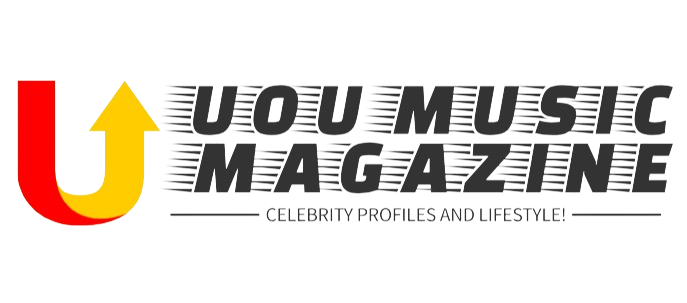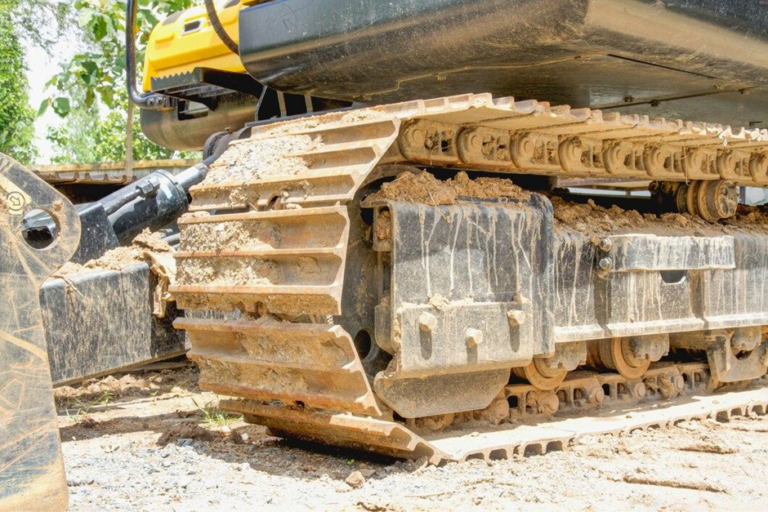The track system is an important part of some common heavy machinery. Excavators have crawler tracks, and bulldozers also have crawler tracks. We, ordinary people, will definitely think that crawler tracks do not look as flexible as tires, but crawlers have the benefits of tracks—tracks are more capable of handling uneven land and provide better stability, traction, and maneuverability. Crawler tracks encounter more complex problems than tires during work, and sometimes people don’t know what to do. In this article, I will tell you some common track problems and solutions.
1. Track Misalignment
One of the most common track problems, track misalignment, occurs when the track is not properly mounted on the rollers or when the tension of the entire track system is uneven. Misalignment is inevitable if you don’t behave properly and have bad operating habits, such as operating the machine in tight turns or long-term one-sided work (such as excavators working on one side), which will cause increased load on one track.
Identifying track misalignment is not difficult, and it is also hard not to notice uneven wear patterns. The track efficiency decreases and even derails. Solving this problem is not difficult. First, you need to check the track tension and adjust it according to the manufacturer’s instructions, paying attention to the uniform tension on both sides. Make sure the rollers, idlers, and sprockets are in good condition and undamaged, and replace them if damaged.
The important point is not to be lazy – regular cleaning of track components can also prevent debris accumulation, which often leads to misalignment. If you need to purchase track-related accessories, you can consider more cost-effective aftermarket parts – FridayParts specializes in providing OEM quality track accessories to meet your low-budget and high-quality needs.
2. Track Wear
Track wear may not be your fault. Tracks will wear out as long as the machine is in operation. It is just a matter of time and degree. If your old friend is operating in adverse conditions, such as changeable weather and rough ground, the track will wear out faster. This wear often shows up as tread wear, cracks, and loss of grip.
Don’t worry! Wear is inevitable, but you can take care of it. Preventive maintenance is the key to reducing track wear. Regularly check for signs such as thinning rubber or loose track links. Same as the previous point, don’t make sharp turns, which can not only cause the track to misalign but also increase wear.
If the wear is too severe and you have to replace it, you should always choose a high-quality replacement track that meets the machine’s specifications. In addition, ensure proper alignment and tensioning after installation to maximize the life of the new track.
3. Track Tension Issues
Both excessive and insufficient tension are within the scope of our discussion today. Tracks with excessive tension will increase the pressure on chassis components, causing wear on chassis parts and even possible track breakage. On the other hand, tracks with insufficient tension are prone to slipping, derailment, and increased damage to rollers and sprockets. Track tension should be paid special attention to when you replace tracks to make them meet specifications.
Oh, I suddenly remembered that when adjusting the hydraulic track system, please make sure that the hydraulic components are not leaking or damaged. If manual adjustment cannot solve the tension problem, your track may be in big trouble, such as sprocket wear, idler damage, or hydraulic failure. In this case, I don’t recommend DIY, it’s better to ask a professional repair worker.
Conclusion
Track systems are critical to the smooth and efficient operation of heavy machinery. Common issues such as misalignment, wear and tension problems can severely impact performance if not controlled. Regular inspections, proper maintenance and timely repairs are essential to addressing these challenges. By proactively managing track system issues, operators can reduce downtime, extend machine life and maintain steady productivity on the job site.

